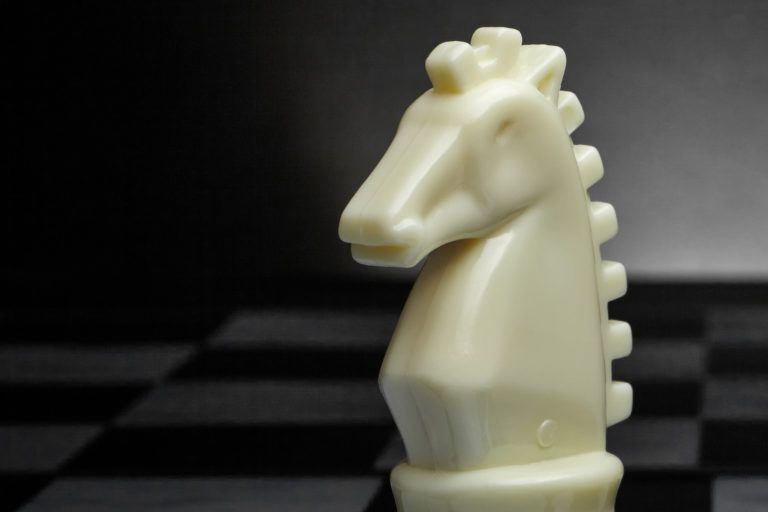
Quick Tips
Ivory has been shaped into art, jewelry, and household items for centuries, its smooth texture and warm color making it one of the most coveted materials in history. But time is not kind to ivory. It yellows, it stains, it dries out. Light, air, and the oil from your fingers all conspire to dull its once-lustrous surface. Cleaning it requires patience, precision, and a few trusted techniques that will keep it from deteriorating further.
The Importance of Proper Ivory Care
Ivory is porous and delicate, meaning the wrong approach can do more harm than good. Sunlight can bleach it unevenly, moisture can seep into its structure, and temperature changes can cause it to crack. Worse, oils from human skin penetrate its surface, leaving behind invisible stains that deepen over time. If left unchecked, a once-pristine ivory piece can transform into a brittle, discolored shadow of itself. Understanding these vulnerabilities is the first step to protecting your collection.
Cleaning Ivory: A Step-by-Step Guide
1. Prepare Your Workspace
Set up a clean and stable area before handling ivory.
Find a well-lit workspace with a soft, dust-free surface. Wash and dry your hands thoroughly or wear cotton gloves to prevent oils from transferring onto the ivory. If working with smaller items, place a clean cloth underneath to prevent accidental damage.
2. Dust Away Loose Debris
Use a soft brush to remove surface dirt.
Gently brush away any dust or debris, making sure to get into any crevices or carvings. A small paintbrush or makeup brush works well for delicate areas without scratching the ivory.
3. Remove Surface Stains
Lift dirt and discoloration with a white vinyl eraser.
If marks remain after dusting, lightly rub a white vinyl eraser over the affected areas. Avoid pressing too hard to prevent abrasions. Brush away any eraser residue afterward.
4. Clean Stubborn Grime
Use a mild soap solution for deeper cleaning.
Mix a small amount of mild soap with distilled water. Lightly dampen a soft cloth and wipe the ivory surface gently, avoiding excessive moisture. Never soak ivory, as water can seep into its pores and cause damage. Immediately dry the piece with another clean, soft cloth.
5. Rehydrate with Mineral Oil
Apply a minimal amount of oil to prevent drying.
If your ivory appears dull or brittle, apply a tiny drop of pure mineral oil to a cloth and gently rub it onto the surface. Let it sit for a few hours before wiping away any excess oil. Avoid using excessive amounts, as too much oil can attract dirt.
6. Store and Display Properly
Protect ivory from environmental factors to prevent future damage.
Keep ivory away from direct sunlight, as UV exposure causes uneven yellowing. Maintain a stable temperature and humidity level, ideally between 45-55% humidity and around 70°F (21°C). For storage, wrap ivory in acid-free tissue paper and place it in a sealed container with activated charcoal to absorb impurities.
Final Thoughts
Cleaning ivory is a delicate process, but with careful maintenance, your treasured pieces can last for generations. Gentle cleaning techniques, proper storage, and controlled environmental conditions are the key to preventing deterioration. When in doubt, consult a professional conservator before attempting any major restoration work.